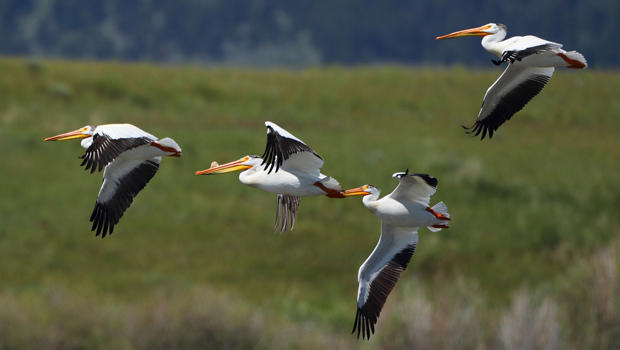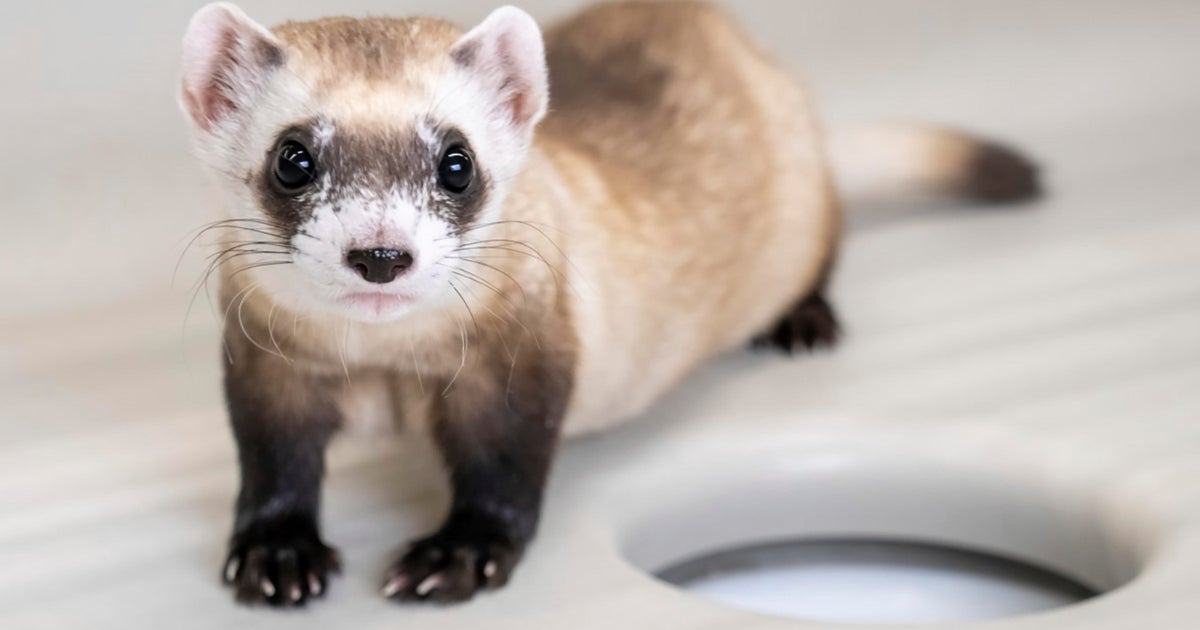Nature up close: The evolution of "good enough"
By "Sunday Morning" contributing videographer Judy Lehmberg.
Charles Darwin is often credited with originating the term "survival of the fittest." Actually another 19th century scholar, Herbert Spencer, first coined the phrase in "The Principles of Biology," published in 1864. Spencer wrote: "This survival of the fittest ... is that which Mr. Darwin has called 'natural selection, or the preservation of favoured races in the struggle for life'."
Darwin first used the phrase in 1869 in the fifth edition of "Origin of Species," attributing it to Mr. Spencer.
Survival of the fittest is often interpreted to mean the survival of the biggest, toughest individuals. Both men meant it to mean that evolution results in the survival of those organisms best suited to their environment, those most fit to survive in their environment. I don't totally agree with their view. For many organisms it isn't survival of the fittest; it is survival of the good enough. An organism that is superbly adapted to its environment will most likely not only survive, but probably produce a lot of offspring, the ultimate definition of evolutionary success. But you don't have to be the fittest to survive and successfully produce offspring; you just have to be good enough.
I've spent a lot of time watching elk during their mating season (their rut). Watching a really large bull chasing off intruders, herding "his" females and generally expending a lot of energy is fascinating. But even more fascinating is watching that large male busily involved in a prolonged fight with another big bull while a smaller bull snuck in and successfully mated with some of the first bull's cows. That isn't survival of the fittest -- that's survival of the sneakiest. And it works!
Most humans would probably not consider the smaller bull's behavior to be admirable, but it is survival of the fittest at its finest. I've seen it happen in vervet monkeys, baboons, elk and bighorn sheep. I'm guessing there are others as well. Sneaky may not be considered admirable, but if it results in viable offspring, then survival of the sneakiest wins the evolution game.
There are more examples. Modern alligators and crocodiles look almost identical to their fossil ancestors over 80 million years old. The same is true for the duck-billed platypus, unchanged for 62 million years; likewise alligator gars for 100 million years, sturgeon for 100 million years, and opossum for 65 million years.
Humans have been around 200,000 years, a mere blink of an eye as compared to these animals. What they do for a living works, and it has worked for a very long time.
Pelicans are another animal that has remained virtually unchanged for millions of years. Thirty-million-year-old pelican fossils have a beak shaped just like modern pelicans. Why haven't they changed during that time? No one really knows. Maybe it is as simple as the fact that that huge bill's ability to scoop up fish works pretty well. Pelicans are superbly adapted for flying, and a change in their bill may make them less aerodynamic.
Whatever the reason, they are basically the same as their ancient cousins. What they do works well enough for them to survive and produce the next generation -- a perfect example of the evolution of "good enough."
Judy Lehmberg is a former college biology teacher who now shoots nature videos.
For more info:
- Judy Lehmberg (Official site)
- Judy Lehmberg's YouTube Channel
To watch extended "Sunday Morning" Nature videos click here!





